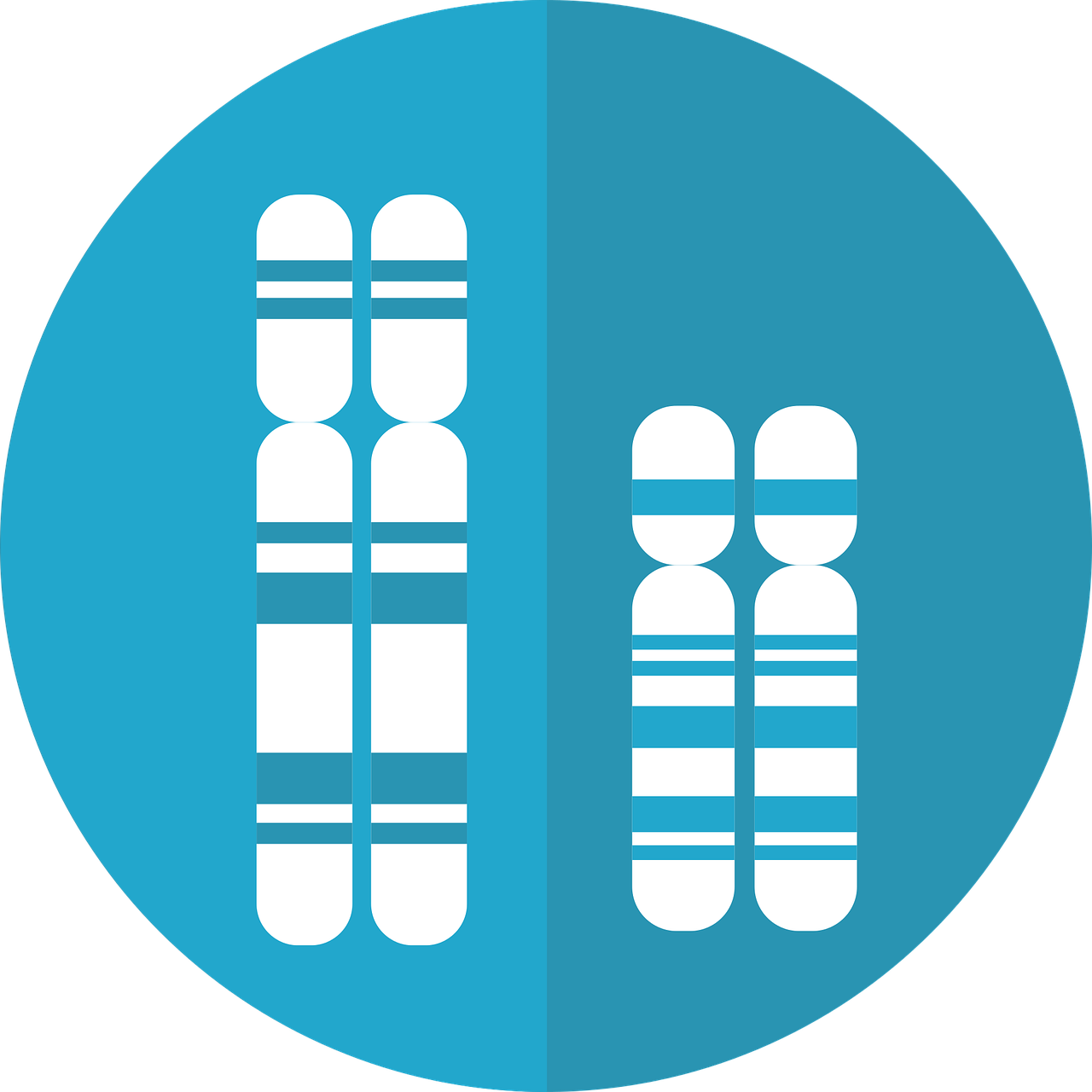Population genomic and evolutionary modeling analyses find QTL relevant to global health (BMC Genomics)
/Population genomic and evolutionary modeling analyses reveal a single major QTL for ivermectin drug resistance in the pathogenic nematode, Haemonchus contortus
Stephen R. Doyle†Email authorView ORCID ID profile, Christopher J. R. Illingworth†, Roz Laing, David J. Bartley, Elizabeth Redman, Axel Martinelli, Nancy Holroyd, Alison A. Morrison, Andrew Rezansoff, Alan Tracey, Eileen Devaney, Matthew Berriman, Neil Sargison, James A. Cotton,and John S. Gilleard
BMC Genomics (Research Article)
Infections with helminths cause an enormous disease burden in billions of animals and plants worldwide. Large scale use of anthelmintics has driven the evolution of resistance in a number of species that infect livestock and companion animals, and there are growing concerns regarding the reduced efficacy in some human-infective helminths. Understanding the mechanisms by which resistance evolves is the focus of increasing interest; robust genetic analysis of helminths is challenging, and although many candidate genes have been proposed, the genetic basis of resistance remains poorly resolved.






















